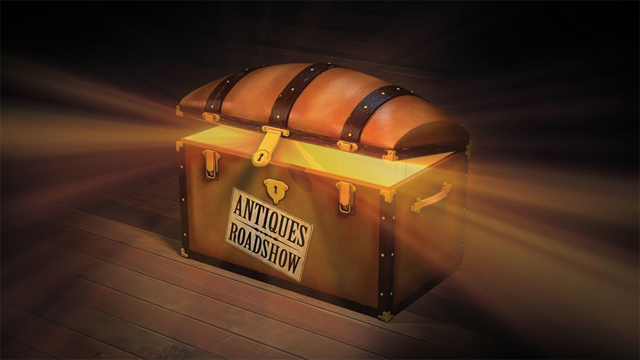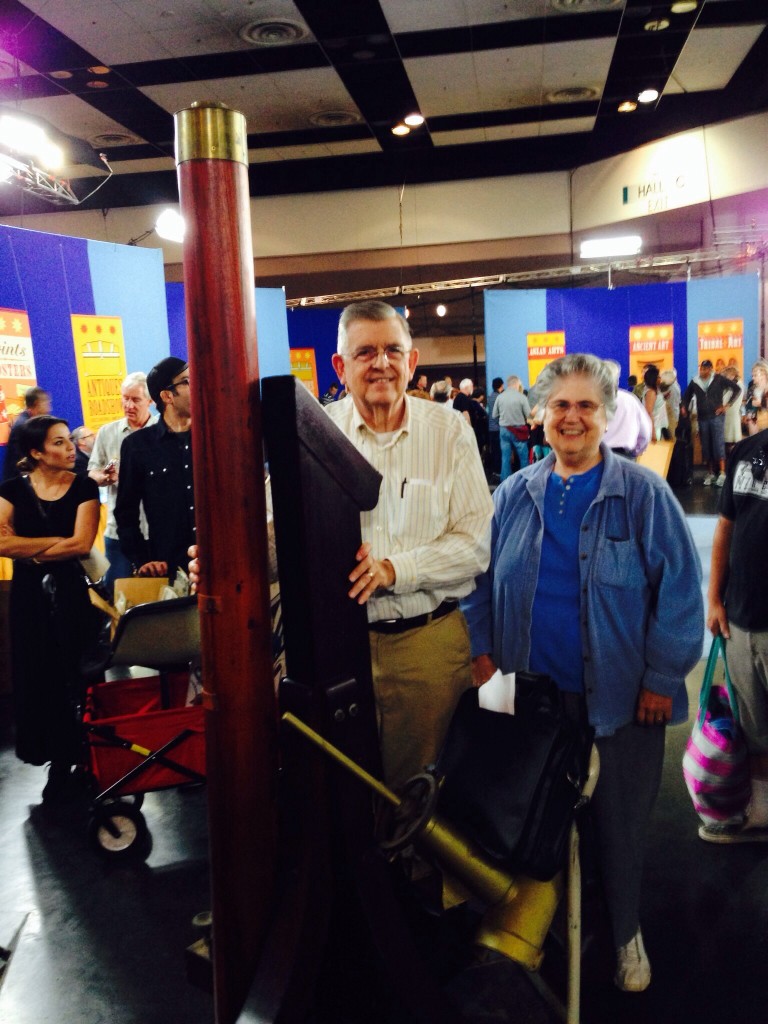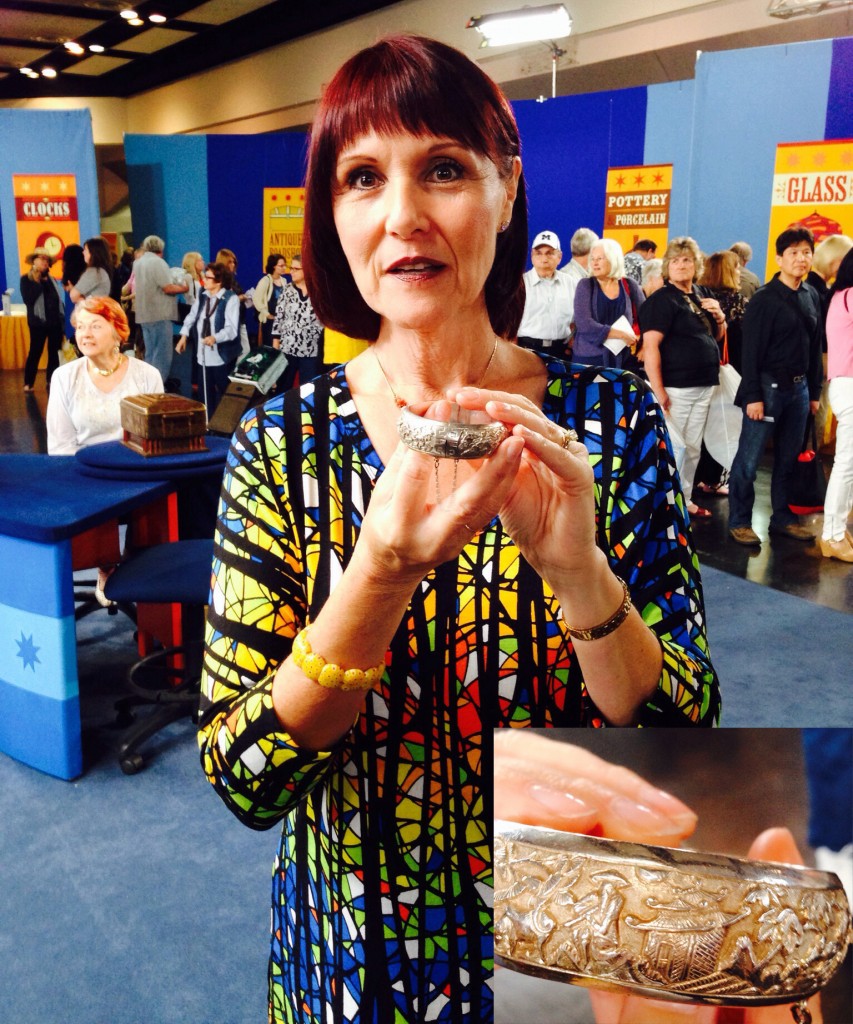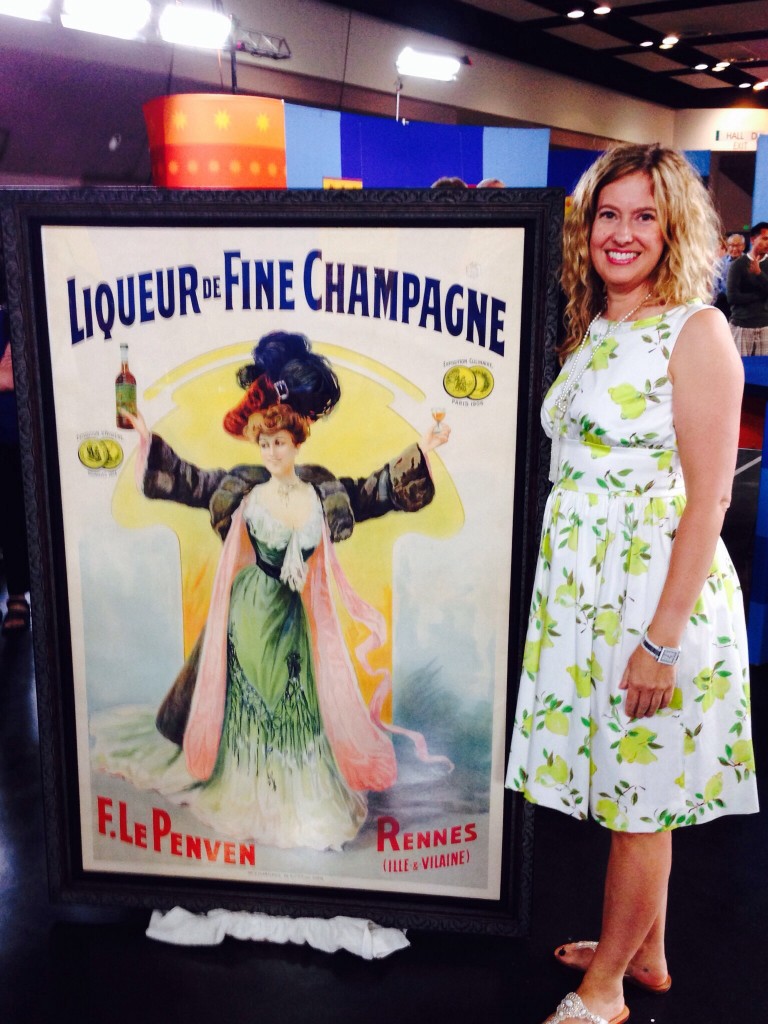Out of the 30,000 who requested tickets to a recent taping of the PBS juggernaut, Antiques Roadshow, 6,000 were given. I was lucky enough to be among them. The scene at the Santa Clara Convention Center was exactly what you would hope. People wandered the halls carrying everything from stained glass lamps to carousel animals, taxidermy bird scenes under glass to Danish moderne secretaries. Dukes of Hazard lunch boxes vied for attention with Shaker tables, as people from every corner of California (and one couple I met who flew in from Hawaii) tried their best to impress appraisers and producers with their treasures.
Each week, the Boston-based Antiques Roadshow travels to a new city with a team of staff appraisers and their host, Mark L. Walberg (he was plain Mark Walberg back when "Marky Mark" was still modeling jocks), to meet the people. Actually, the people can be slightly incidental, if the object they bring is fantastic enough. Of the 100 or so participants who get taped for the show, roughly ten or so make it onto an episode. Over and over again, I was told by members of the Antiques Roadshow team that the antiques are the real star. So I set forth into the nerve center of Antiques Roadshow and met the pieces.
Before mixing with the public, I met Los Angeles-based appraiser Laura Woolley, whose specialty (appropriately enough for this blog) is pop culture memorabilia. Woolley, who started her career at Sotheby's after college and now has her own company, The Collector's Lab, has evaluated everything from production items (a scene painting from the 1960s camptastic film version of Batman is among her more recent fabulous appraisals) to pop collectables to major celebrity auctions (Michael Jackson, Marilyn Monroe, Bette Midler, and Cher, to name a few).
In the past 20 years, the celebrity auction market has taken off and Woolley has been there almost from the very beginning. Appraising a celebrity item is two fold: there's the value of the item itself and then there's the value the celebrity name brings to it, which can raise the final price far beyond the object value. "The best example I can give you of this phenomenon was the Jackie O auction," Woolley said. The Jacqueline Kennedy Onassis auction in the mid-'90s was among the first major celebrity sales, where the prices of everyday items shot unbelievably high because of the star glimmer. "There was a tape measure Jackie used at the tailor, a totally ordinary tape measure. It went for something like a hundred times its estimated value. That's when we knew the market had completely changed."





